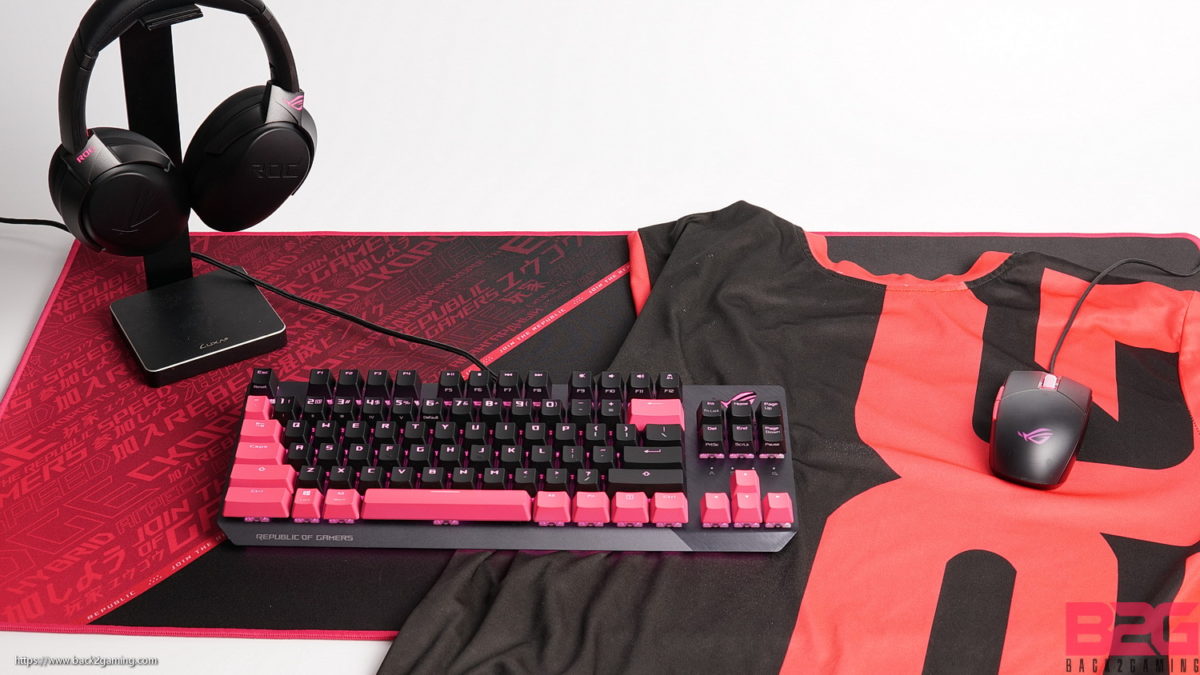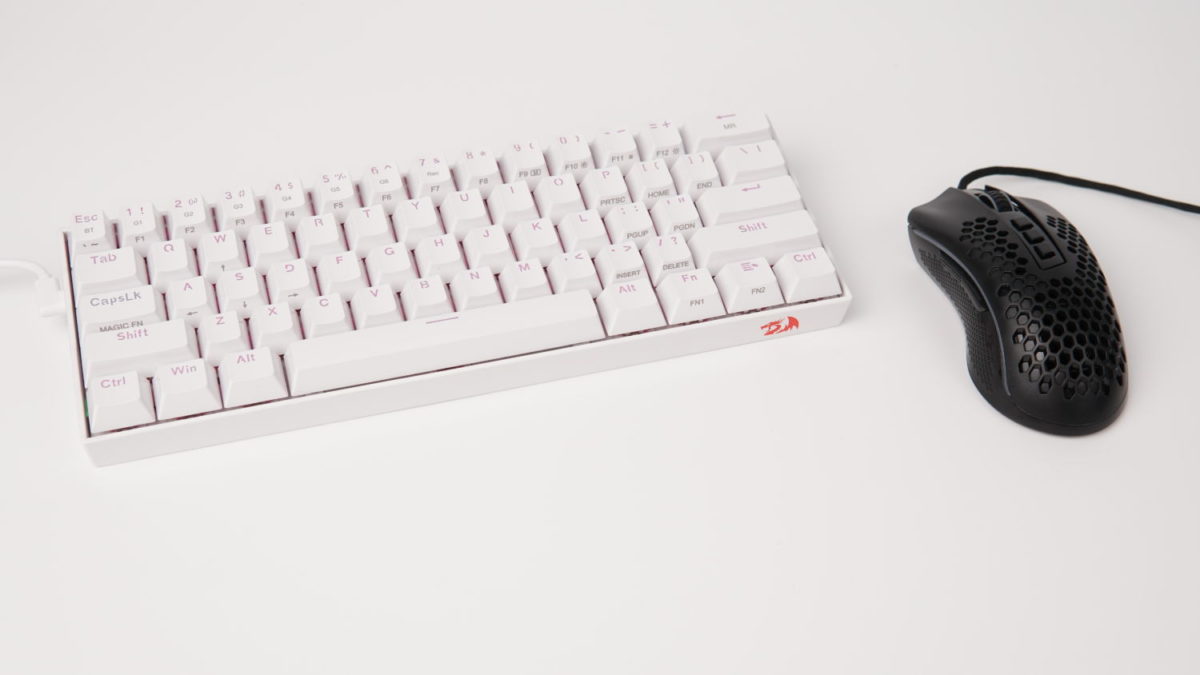Let’s pretend in 2008. I just got my first “gaming” mouse. It sports a special sniper button that dials down the DPI for more precise shot. Its black, got a sick light-up logo and best of all it’s actually got a 1-year warranty. Back in those days, those were what you meant to get noticed in the peripherals scene: get in with the gaming crowd and do what’s cool. For more than a decade, peripheral reviews have hinged on the fact that the reviewer can actually communicate the experience and have enough gaming experience to actually weigh in on what makes a gaming peripheral good or bad. Whether its a specialized keyboard that a small percentage of all gamers may want to use or supposedly the world first wireless gaming mouse, its heavily reliant on experience sharing to get the message through.
But as I mentioned in one of my technology analysis for NVIDIA Reflex, I mentioned that esports is now treated more and more like a real sport and many developments in understand what makes the pro gamer or pro esports player has become one of the most actively pursued performance research in the entire PC gaming products scene. The feel of a keyboard now has a description for the tactile feel it provides and various switches now provide a different feel when pressed versus when the emerging mechanical keyboard relied solely on whether the uses wants tactile or linear feel on their switches and whether they want it hard (hehe) or soft. Mouse weight is now, more than ever, increasingly important and tracking resolution has scaled up as well.
To summarize, there is now an equivalent metric for many of the dimensions that we tried our best to invent in one way or another. This is how far esports has gone and the research and development that goes into this is incredible but also demonstrates how keyboard technology in itself has opened up to the consumer. As a scientific reviewer, I am compelled to present data in as much detail as I can but with regards to peripherals, we’ve come at an impasse: do you write it for the gamer or do you write it for the enthusiast? And that’s what we’re going to discuss in this article.
The New Era
In recent years, the emergence of the mechanical keyboard enthusiast and the gaming mouse enthusiast has created a divergent segment from the strictly performance-based gaming segment. Ultimately, both segments share many parallels but where gaming/esports use stop, enthusiasts take it further. This propensity to discern further is something I’d like to discuss in more details later in this article. I also have to mention gaming monitors as well. In the past, monitors were reviewed primarily on their color accuracy. When high-frequency monitors started providing tangible gameplay benefits, that metric has birthed a more visual fluidity and clarity-angled coverage that’s why you see dedicated monitor websites covering performance aside from just proving actual color quality. As I write this article, 2021 has just begun and CES 2021 is a few hours away so before the start of the tech year, I wanted to dedicate a few hours to give myself a clarification of what I want to cover from hereonwards when it comes to peripherals.
Peripherals in General
A peripheral in computing is any device that is used to input or output information. Visual information is displayed via the monitor and a printer is also a peripheral and audio peripherals are speakers and headphones that output audio information. On the other side of the spectrum are input devices like keyboards, mice, scanners, etc. The breadth of coverage is large but to limit the scope of this article, I wanted to focus primarily on my take for reviews going forward particularly for monitors, keyboards and mice.
The question came to me recently as I saw an individual criticizing a fellow enthusiast and reviewer, Kevin Evangelist from Bren Pro, about the legitimacy of their review awards. It was a rather unfair assumption that anyone who praises a product is already a corporate shill. As an example, we’ve reviewed ROG products extensively and visibly ROG does fund this website through ad revenue but I personally and vocally criticized ROG, and to a greater extent the larger “gaming” peripheral market for their propensity to abuse certain marketing buzzwords. Whether its Razer, ROG, SteelSeries, or any longtime peripheral maker, they’ve received their fair share of criticism not just from me, but the greater gaming market in general.
But that has reached a new level in recent years. The emergence of the custom mechanical keyboard market and the niche gaming mouse market has opened the floodgates to elitist snobs who’ve had one artisan keycap too many and finally decided their part of the 1% that have soldered more switches than they’ll ever pull in their lifetime. Mouse enthusiasts meanwhile obsess about grams and feel, dismissing other users by the brands they use. Back2Gaming has had the pleasure of helping promote the early days of these niche players, notably FinalMouse when they were just starting. These people were so passionate about their craft, they insisted on Skype to give me a larger picture of their idea of a gaming mouse. A few years have passed and we have so many gaming mouse in the market, the last time I had a Zowie, they weren’t even a part of BenQ.
Ultimately, everything that the custom keyboard and the new gaming mouse market has is a larger community. Community that has sprung up a sect of gatekeepers, individuals ready to dismiss anyone who prefers a HyperX than a Varmilo, or say a Corsair versus their Keychrons. These are the kinds of people I never want to pander to and hence I wanted to make it distinct on how I construct my reviews.
Review Methodology: Keyboards and Mouse
This is the part where I need to make a distinction between an experiential review rather than empirical one. Despite the numerous trends and buzzwords that has cropped up in the MKB and gaming mouse scene, none of these has presented any form of material data that we’ve not covered before. As such, empirical data is meaningless when a user is looking for their gaming mouse or first gaming keyboard. This also extends to the fact that when a person has no experience or has no interest in these features is where everything ultimately just becomes self-satisfaction. That being said, with regards to keyboard and mice, I will retain a purely experiential review based on considerations which matters most to gaming:
- Performance as it relates to responsiveness and feel, does the device have quirks that impedes the input process
- Build quality as it relates to the material quality as well as the design and overall build of the device
- Functionality for extended functions such as hot-swappable keys, detachable cords, media keys, etc.
- Value based on the overall combination of the 3 above in relation to the price with respect as well to warranty coverage
There will still be distinctions here and there and I’ll make it very clear in each individual review if the situation calls for it. This is for situations like keyboard which are not marketed directly as gaming products as well as enthusiast-aimed products.
Review Methodology: Monitors
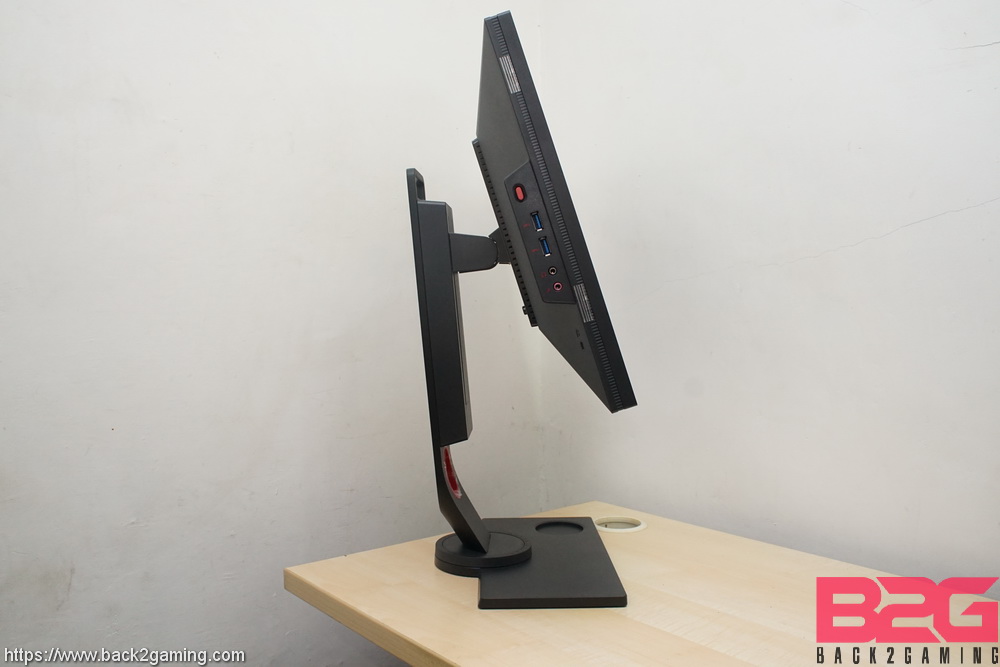
This segment actually will be its own separate article but as I’m still developing this section, I’ll just be brief. Not much has changed from our initial format for monitor reviews as we cover features and highlights, screen quality and other extras. What has changed is performance in relation to blurring and screen responsiveness.
We’ve been working hard with TechPorn to discover new ways in creating new ways to measure screen response and blurring. As of this moment, there are options out there I’m studying to see if we can create a bespoke way to measure these metrics without the need in doing laborious methods like counting frames from high-speed cameras. As fast-paced games become faster and faster, gamers are becoming more sensitive to latency. Network latency is easy to perceive that’s why high-stakes tournaments are preferably held in LAN situations but for the average gamer, that’s an acceptable facet of the online experience. Still, only recently has there been studies dedicated to local latency or system latency which we mentioned at the beginning of this article.
System latency has been observed as early as mid-2010s and it served as the metric on the latency of the system itself. That is usually remedied by system hardware upgrades getting faster but what we’ve come to know as display latency and input latency remain to their respective peripheral.
In the meantime, we’ll cover monitors as descriptive as we can, observing notable visual behaviors and depict them in numbers when possible. Hopefully I can settle for a new method this year which we’ll discuss in another article.
Gaming Headset and Audio
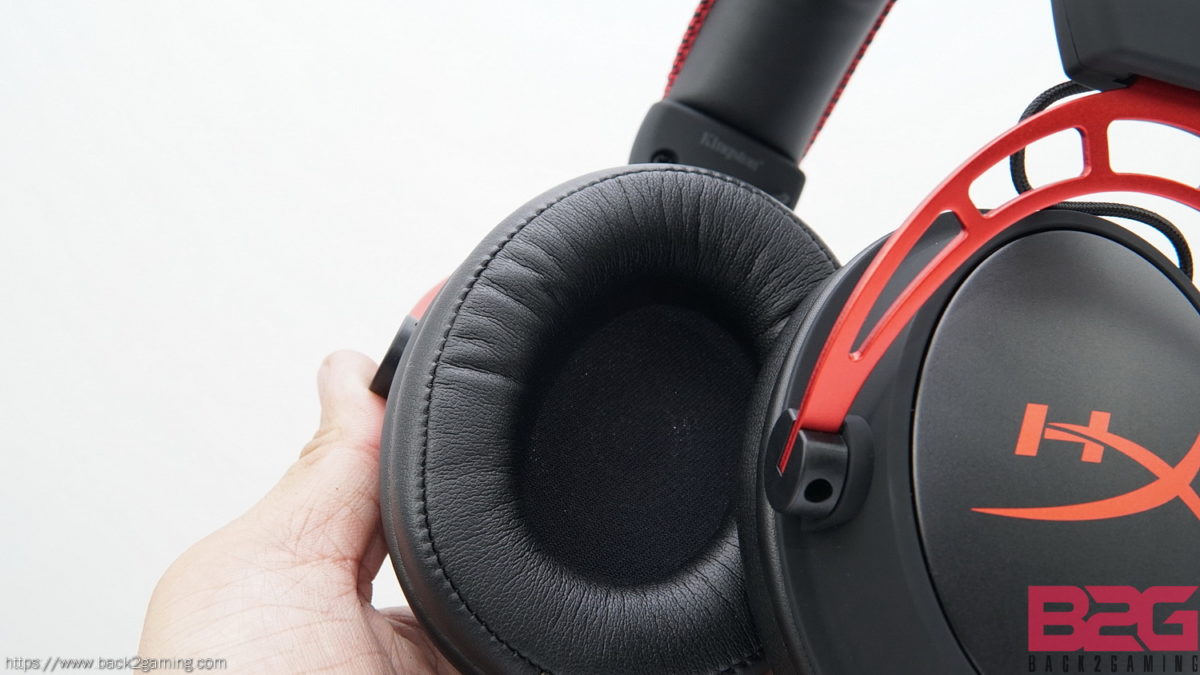
The gaming headset market has always been the redhead stepchild of the audio industry but during the last decade, the perception of of gaming audio has significantly changed. Respected audio companies like Sennheiser and JBL now have a large stake in gaming audio and compete with grass root gaming companies like HyperX, ROG, Razer and a lot more. This does work to benefit the gaming in general and is not as adverse of a relation like that of mechanical keyboard.
Audiophile-grade audio trickling down to gaming and gaming brands reaching audiophile levels of perrformance means that the gaming market get the best of both worlds and this is easily audible to someone who can convey the experience as detailed as possible. I try to be as grey as possible when communicating the experience, ditching the over-the-top audiophile lingo that colors much of that side of the market.
What about mouse pads?
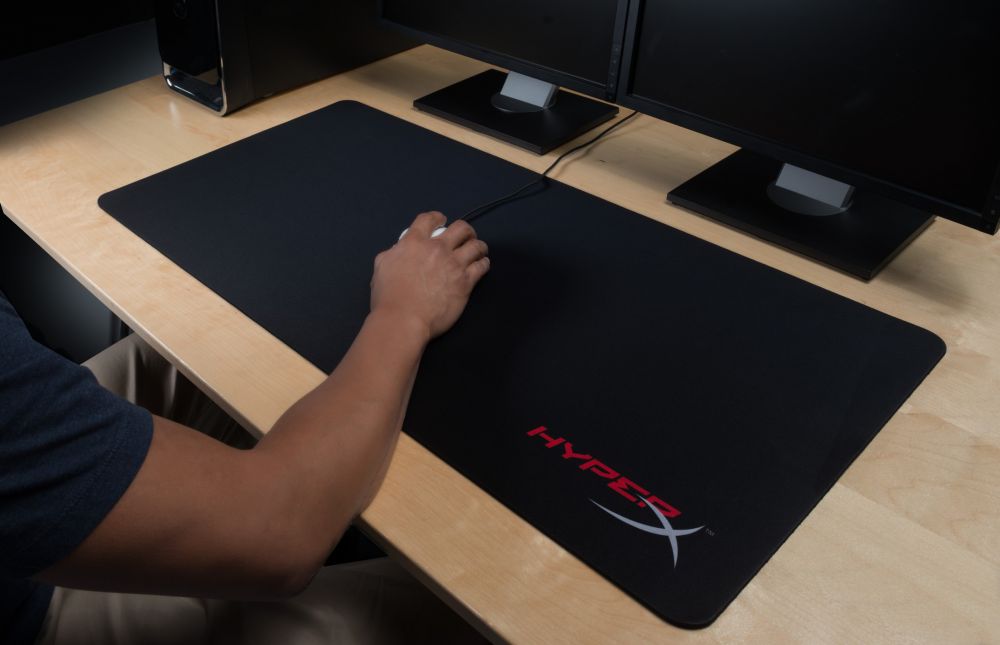 We haven’t forgotten about you, mouse pad. We’ll continue to review mousepads based on their quality and performance. A nice mousing surface should present itself as a surface that shapes sensor response to the affinity that the user wants; control or speed.
We haven’t forgotten about you, mouse pad. We’ll continue to review mousepads based on their quality and performance. A nice mousing surface should present itself as a surface that shapes sensor response to the affinity that the user wants; control or speed.
Closing Thoughts
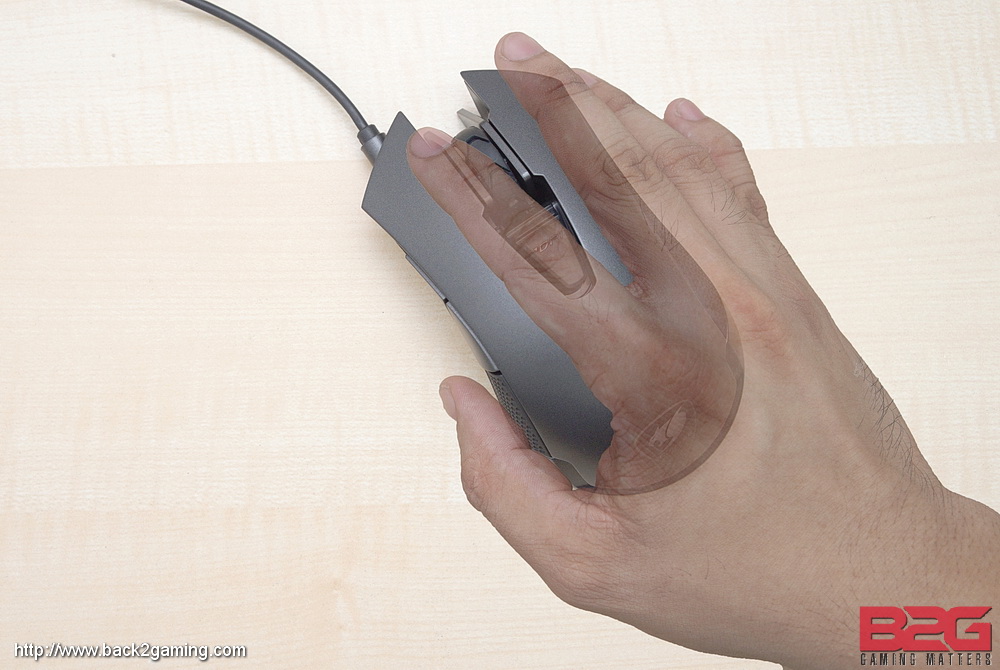
We hold a very high level of transparency when it comes to reviews with my community. Follow us on social media if you would like to discuss details about a product. For brand representatives, they have a right to response once a review is published and will add their response in the review and then update the article if and when needed.
Wrapping things up, I wanted to be clear specifically about how I want to communicate the merits of these products while also stating that I am very much aware of the market distinction and the obvious growth of the communities with distinct tastes need to be address. Going forward, I will refer to this article when doing peripheral reviews while also reminding users that just because its not reviewed the way they like ( which is another issue altogether) does not always mean that the we are incapable of forming our own, educated opinion.
That said, we look forward to another great year of reviews. Stay safe and happy gaming!




